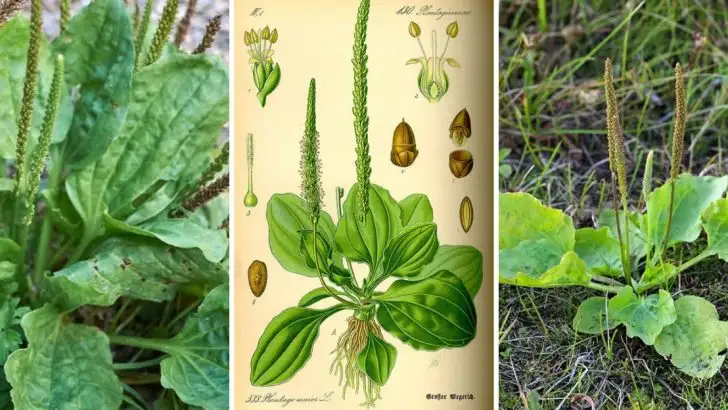Plantain herb isn’t the same as the starchy banana lookalike you find in the produce aisle. This plant, often seen as a weed, has been quietly growing in backyards, sidewalks, and open fields—usually overlooked or pulled up without a second glance. But there’s a lot more to it than most people realize.
It’s one of those plants that’s easy to miss but worth getting to know. From its healing properties to how simple it is to identify, plantain herb has been used for centuries in traditional remedies. Once you start noticing it, you’ll probably find it popping up all around you.
Medicinal Uses
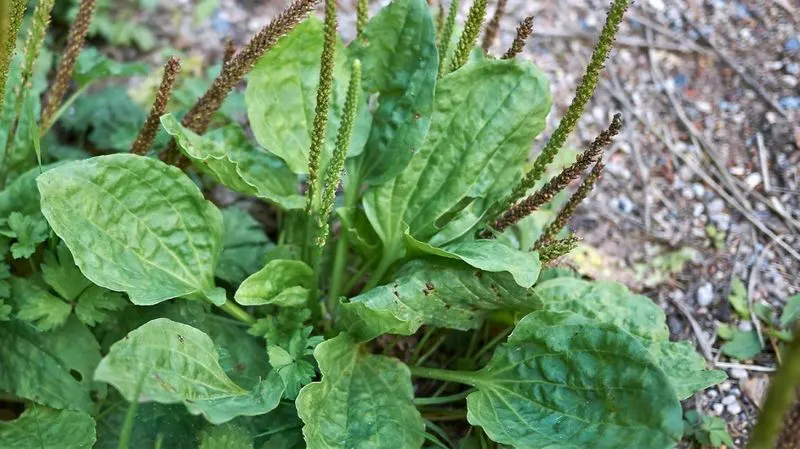
Plantain herb has long been valued for its medicinal properties. Known as a “green healer,” its leaves can soothe insect bites and minor wounds. Rich in allantoin, they promote skin healing and reduce irritation. Used in teas, plantain aids digestion and respiratory health.
Historically, it was a staple in folk medicine, admired for its versatile therapeutic effects. It’s easy to recognize, making it a popular choice among herbalists. Embrace the power of nature with plantain!
Its role in natural remedies remains significant, reflecting a time-honored tradition of herbal wisdom.
Identification
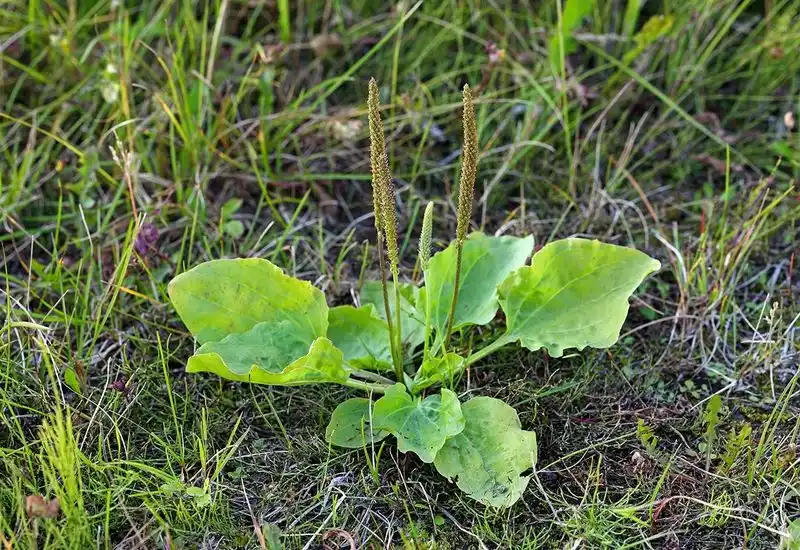
Recognizing the plantain herb is simple once you know what to look for. With broad, ribbed leaves and a short flower spike, it thrives in diverse environments. You’ll often find it in gardens, meadows, and roadsides.
Its unmistakable leaves are an identifiable feature. Some even call it nature’s bandage for its healing potential. This widespread plant is a resilient survivor, adapting to various conditions.
Explore your local areas and see if you can spot this ubiquitous greenery. It’s a true testament to nature’s adaptability and beauty!
Nutritional Value
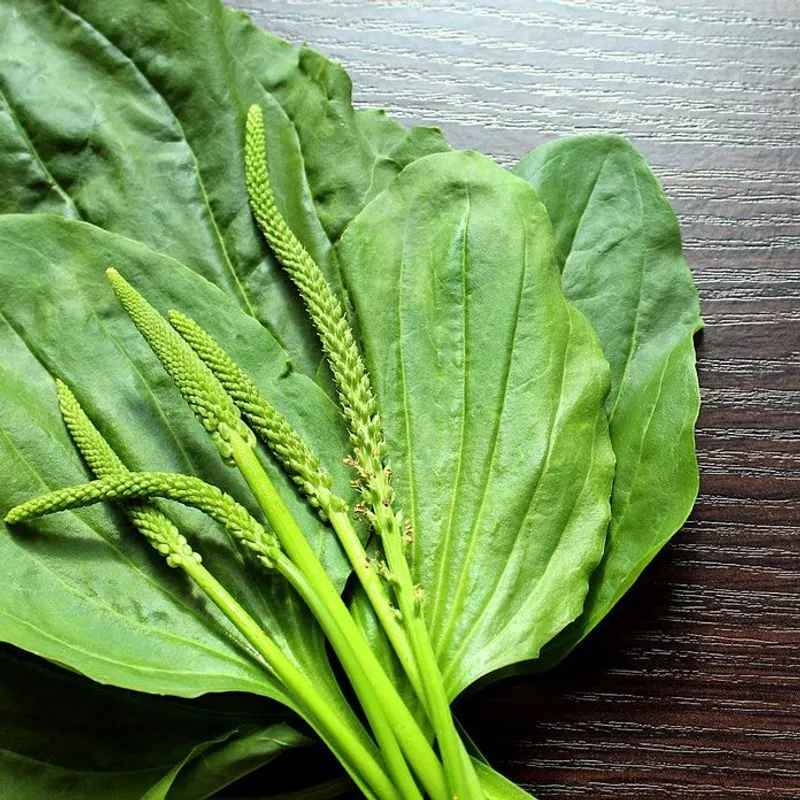
The plantain herb isn’t just a remedy; it’s nutritious too. Packed with vitamins A, C, and K, it offers a healthy boost to any diet. Add it to salads for a fresh, nutritious touch.
Its high fiber content aids digestion, ensuring a balanced diet. This unassuming plant is a powerhouse of nutrients. Many cultures incorporate it into traditional dishes, celebrating its health benefits.
Try including plantain in your meals and discover its subtle, earthy flavor. Who knew a common weed could be so good for you?
Historical Significance
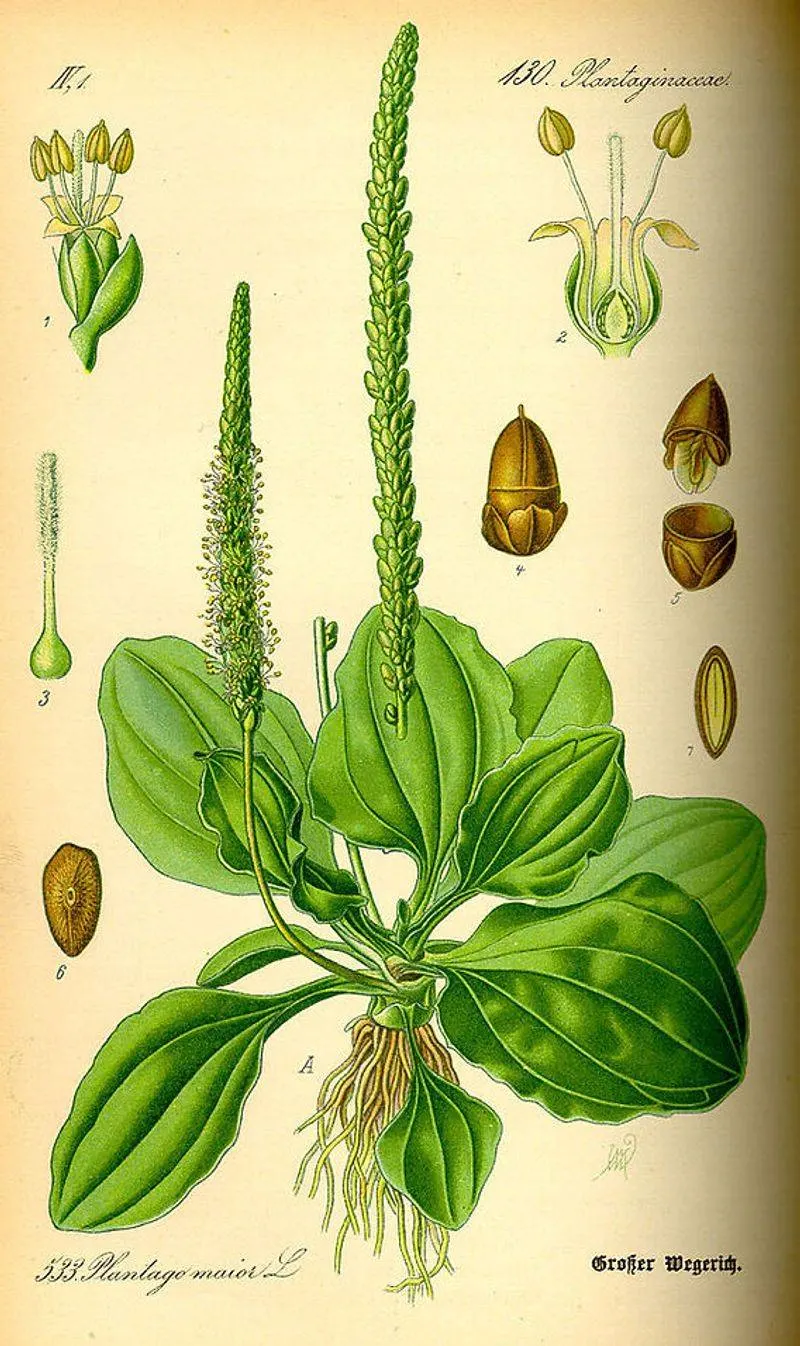
Did you know? The plantain herb has a rich history dating back to ancient civilizations. Revered for its healing qualities, it was often called “White Man’s Footprint” by Native Americans, due to its spread following European settlers.
Ancient healers used it extensively, impressed by its curative powers. Its historical importance is chronicled in herbal texts and folklore.
By delving into the past, we glimpse the enduring legacy of this remarkable plant. Plantain stands as a symbol of enduring natural wisdom, bridging the gap between ancient practices and modern wellness.
Culinary Uses
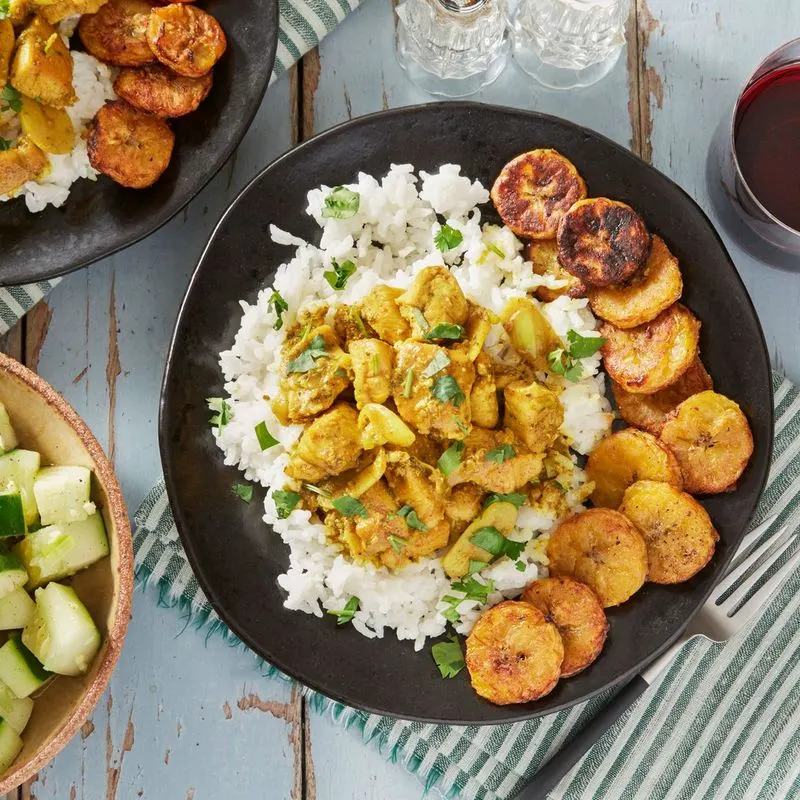
Using plantain herb in the kitchen offers delightful culinary possibilities. Its fresh, earthy taste complements soups, stews, and salads.
Some chefs even use it in innovative recipes, pushing the boundaries of traditional cooking. It’s a testament to the plant’s versatility in culinary arts.
This herb’s role in food extends beyond flavor, providing nutritional value and a touch of creativity. Try experimenting with plantain in your kitchen and discover a world of flavors waiting to be explored.
Environmental Role
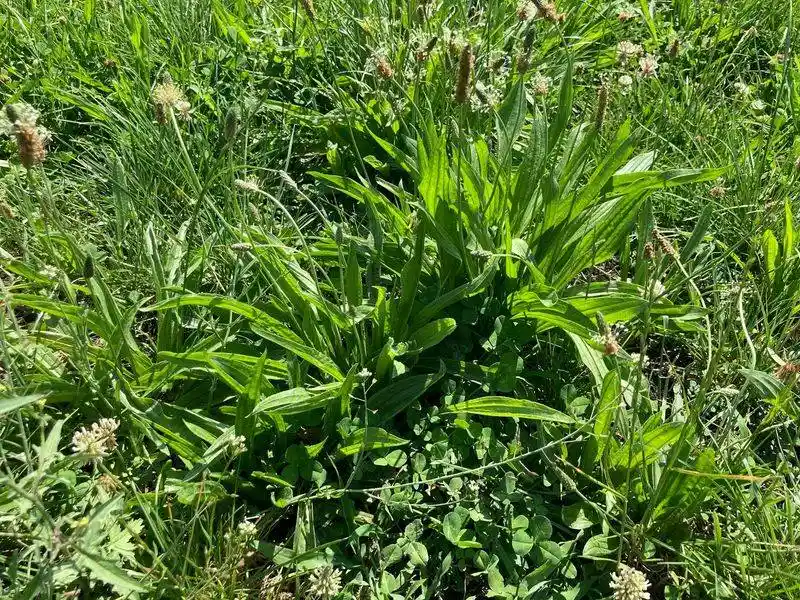
In ecosystems, plantain herb plays a vital environmental role. As a host plant for pollinators like bees and butterflies, it supports biodiversity and ecological balance.
Its ability to thrive in poor soils aids in soil stabilization, preventing erosion. This resilient plant enhances habitats, offering shelter and food to various creatures.
Celebrating its environmental contribution underscores the interconnectedness of nature. Plantain herb is more than a simple weed; it’s a key player in the ecological symphony of life.
Varieties
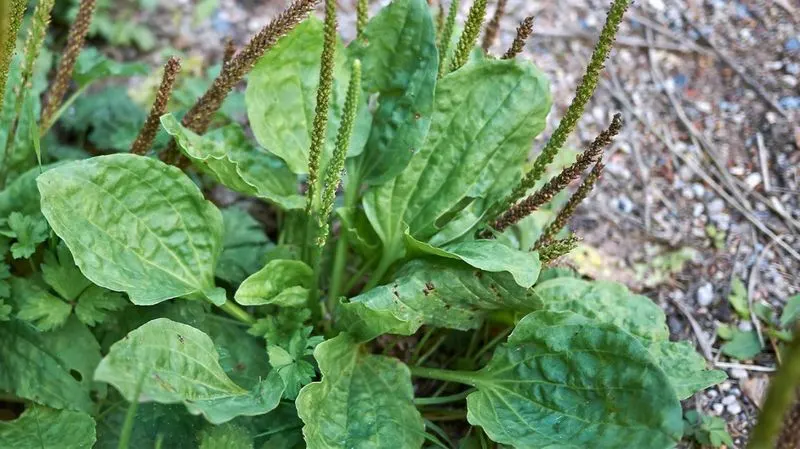
Plantain herb isn’t just one single plant; it comes in various varieties. From broadleaf to narrowleaf, each has distinct characteristics and uses.
Exploring these varieties reveals a world of diversity and adaptability within the species. Each type has its unique appeal, catering to different needs and preferences.
Understanding the range of plantain herbs can enhance gardening and herbal practices. Dive into the captivating world of plantain varieties and see how each contributes to its overall charm.
Growing Conditions
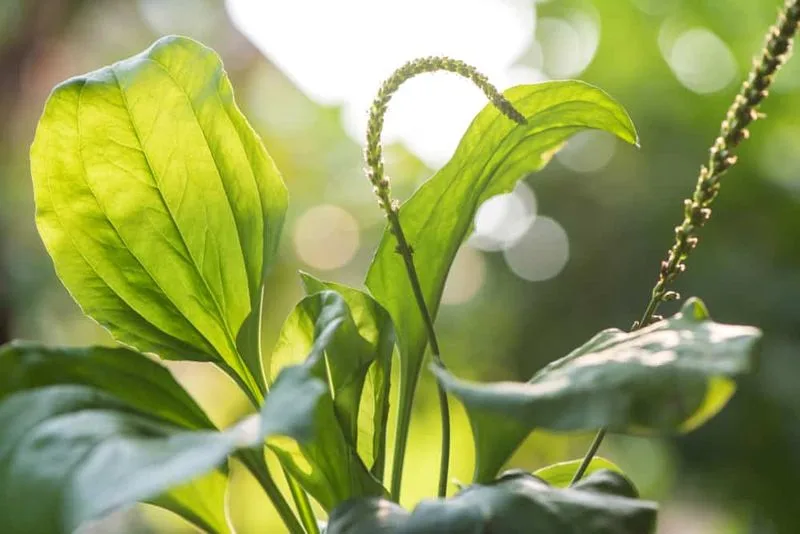
For gardeners, cultivating plantain herb can be both rewarding and straightforward. It thrives in a variety of conditions, preferring well-drained soil and full sunlight.
Its hardy nature means it can adapt to less-than-ideal environments, making it a resilient choice for any garden. Understanding its preferred conditions ensures healthy growth and abundant yields.
Whether you’re a seasoned gardener or a curious beginner, growing plantain provides a chance to connect with nature and enjoy its many benefits firsthand.
Cultural Symbolism
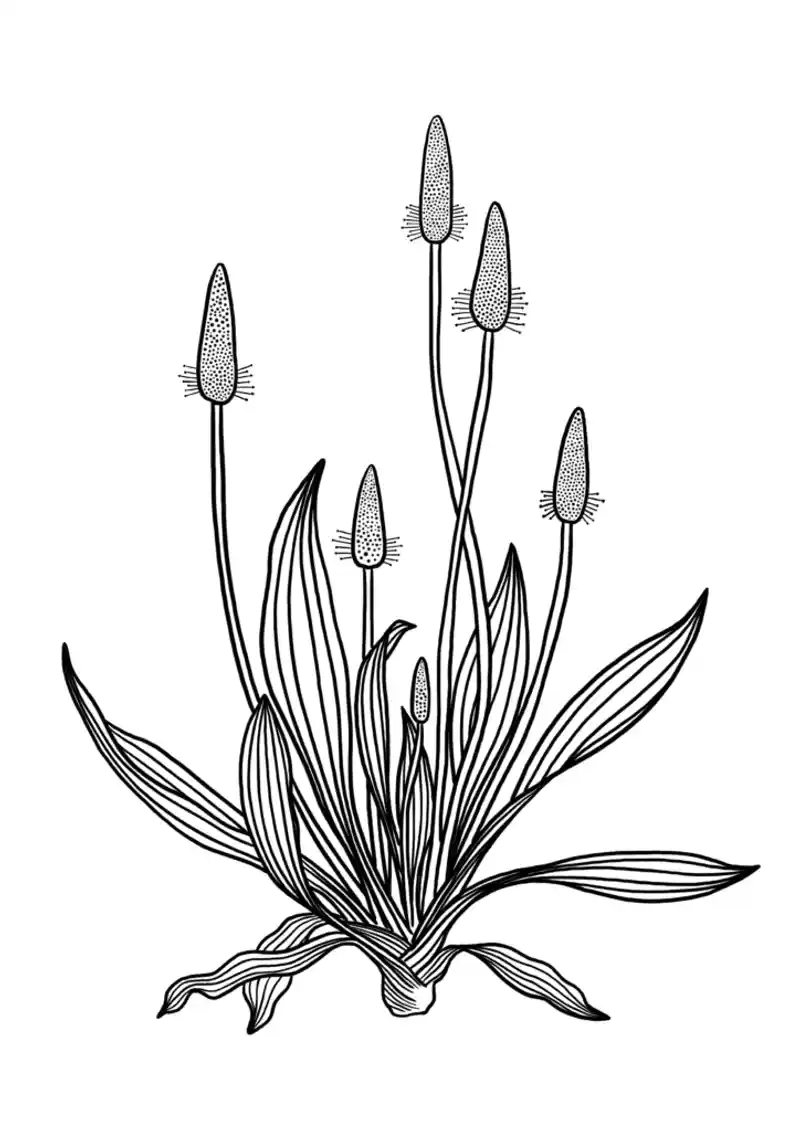
Across cultures, plantain herb holds symbolic meaning. Often associated with healing and protection, it appears in folklore and mythology.
Its reputation as a “healing herb” transcends borders, resonating with people worldwide. Embracing its cultural symbolism offers a glimpse into human connection with nature.
Stories and traditions surrounding plantain enrich its legacy, weaving a tapestry of cultural appreciation. This humble herb carries a profound message of unity and reverence for the natural world.
Wildlife Attraction
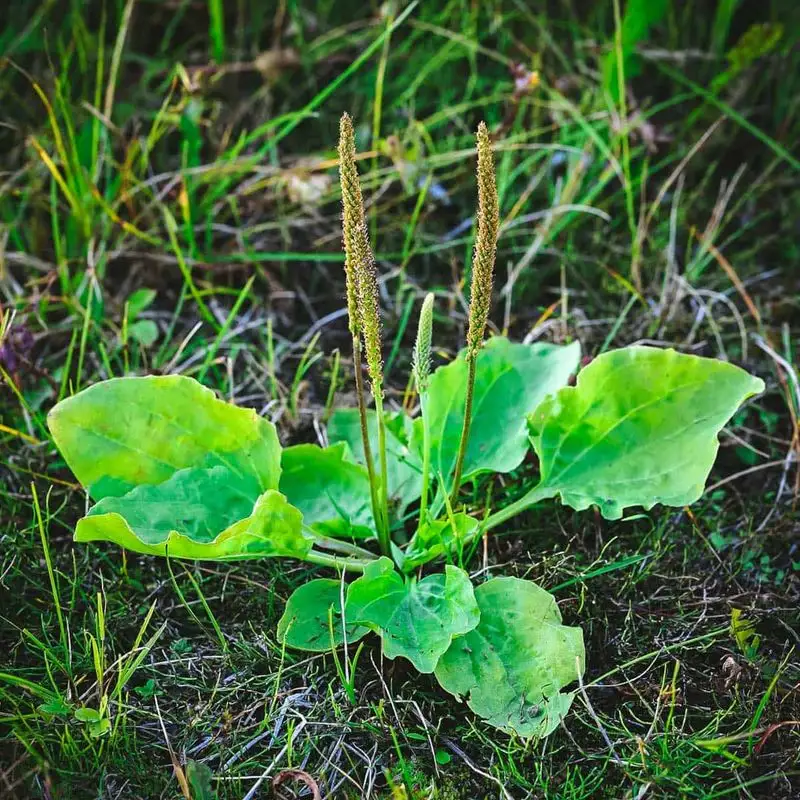
Plantain herb’s allure extends to wildlife, attracting an array of creatures. Its flowers provide nectar for bees, while leaves offer food for caterpillars.
This plant’s ability to support diverse life forms highlights its ecological importance. Observing the interactions between plantain and wildlife offers insights into nature’s harmony.
Enhancing gardens with plantain can transform spaces into vibrant ecosystems. It’s an invitation to observe, explore, and appreciate the natural world around us.
Healing Salves and Lotions
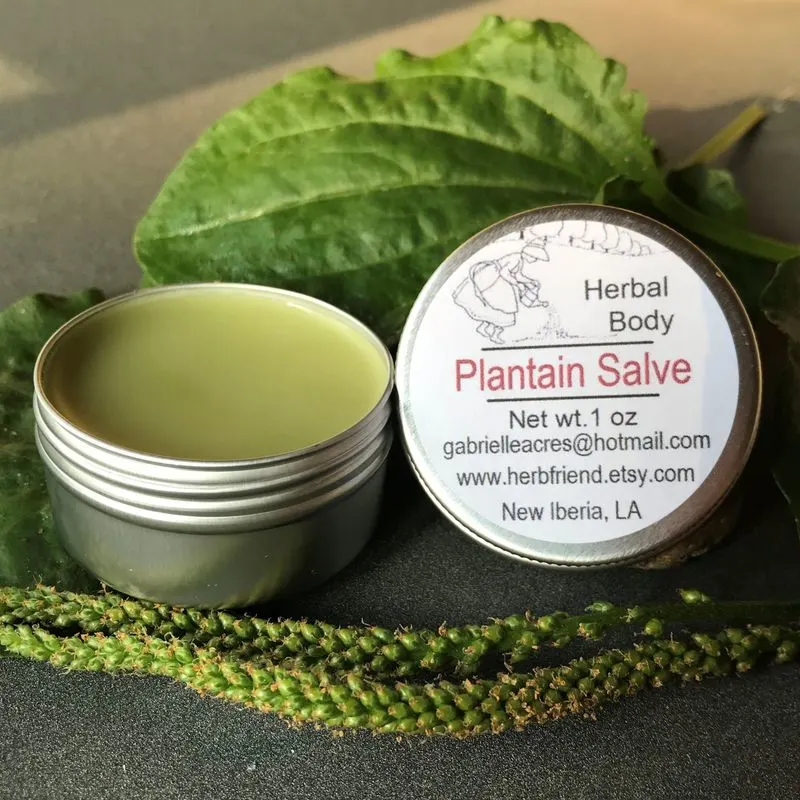
Crafting healing salves with plantain herb is a cherished tradition in natural skincare. Its soothing properties make it ideal for lotions and creams.
Rich in anti-inflammatory compounds, it calms irritated skin, providing relief and comfort. Creating homemade salves connects us with ancient practices and offers personalized care.
Experimenting with plantain in skincare invites creativity and wellness into everyday routines. It’s a journey towards natural beauty and mindful living.
Seasonal Growth
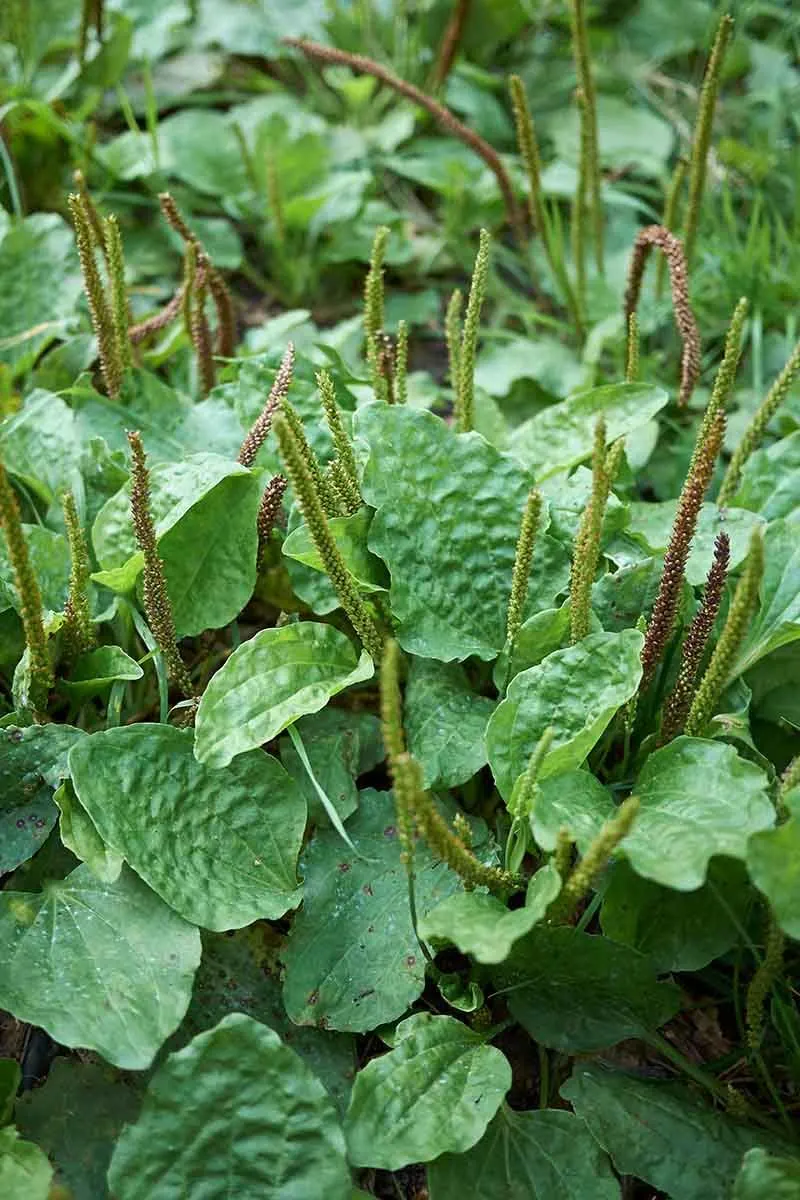
Watching plantain herb change with the seasons offers a fascinating glimpse into its life cycle. From spring’s fresh growth to autumn’s decline, it mirrors the rhythm of nature.
This seasonal journey reflects resilience, thriving in changing conditions. Understanding its growth patterns enhances appreciation for plantain’s adaptability.
Observing these transformations fosters a deeper connection with the natural world, celebrating the beauty and wisdom inherent in every phase of plantain’s existence.
Herbal Tea
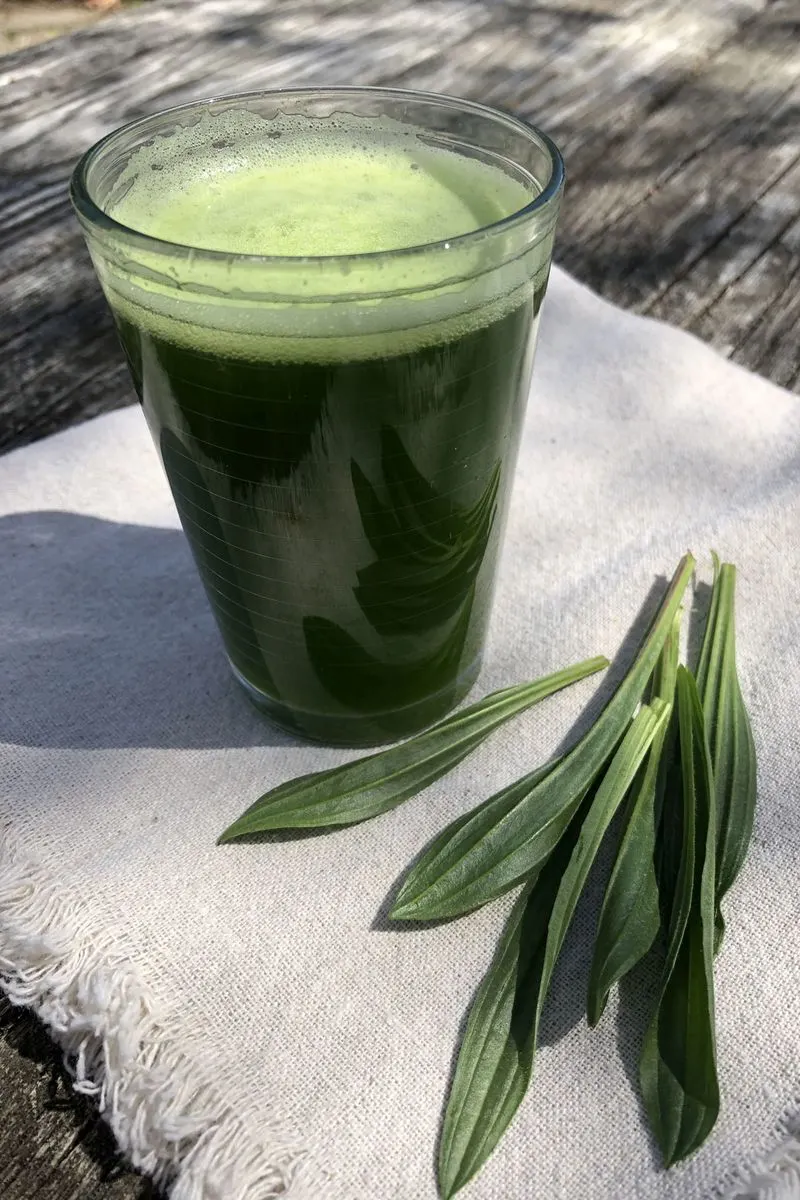
Sipping plantain herbal tea is a soothing experience. Known for its calming effects, it supports respiratory and digestive health.
This tea’s gentle flavor complements moments of relaxation, offering a nurturing embrace. Brewing it connects us with herbal traditions, blending wellness with comfort.
Exploring plantain tea invites discovery of a simple, nourishing ritual. It’s a delightful way to enjoy the plant’s benefits, one cup at a time.
DIY Remedies
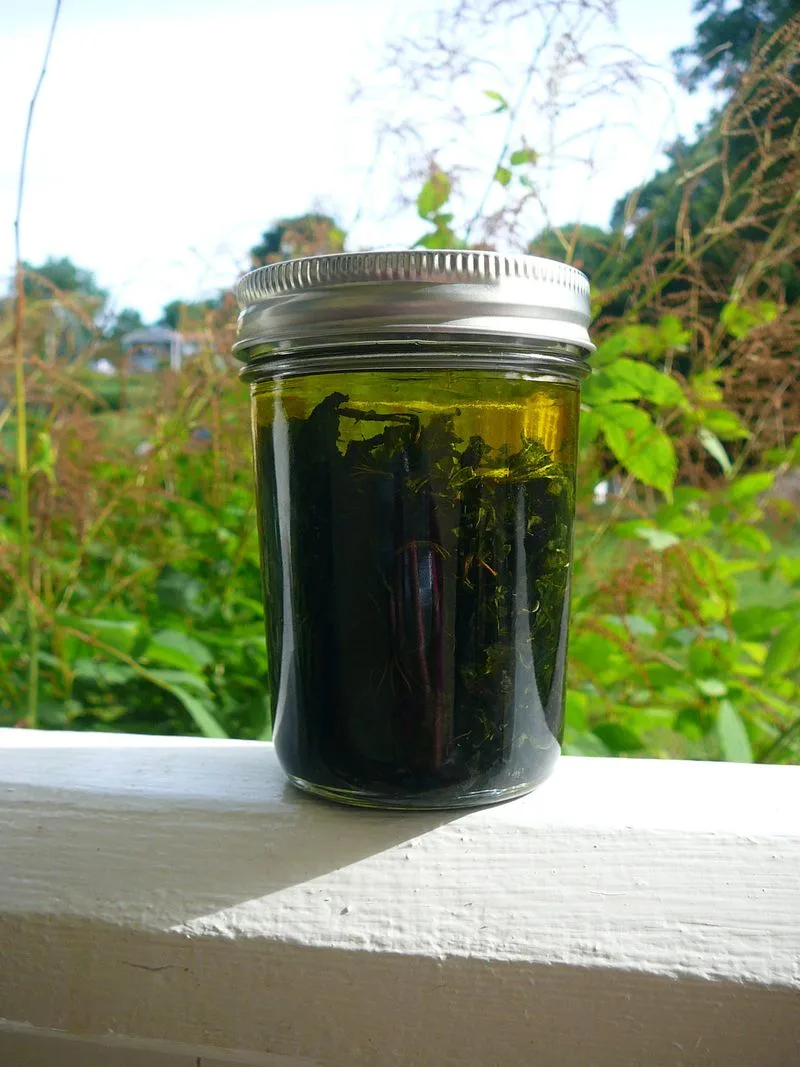
Creating DIY remedies with plantain herb empowers individuals to embrace natural healing practices. Its versatility makes it a staple in home apothecaries.
From poultices to tinctures, plantain offers solutions for minor ailments and skin issues. Engaging in DIY preparations fosters creativity and self-reliance.
This hands-on approach to wellness invites exploration and innovation. Plantain herb becomes a trusted ally in personal healthcare, promoting a holistic lifestyle.

